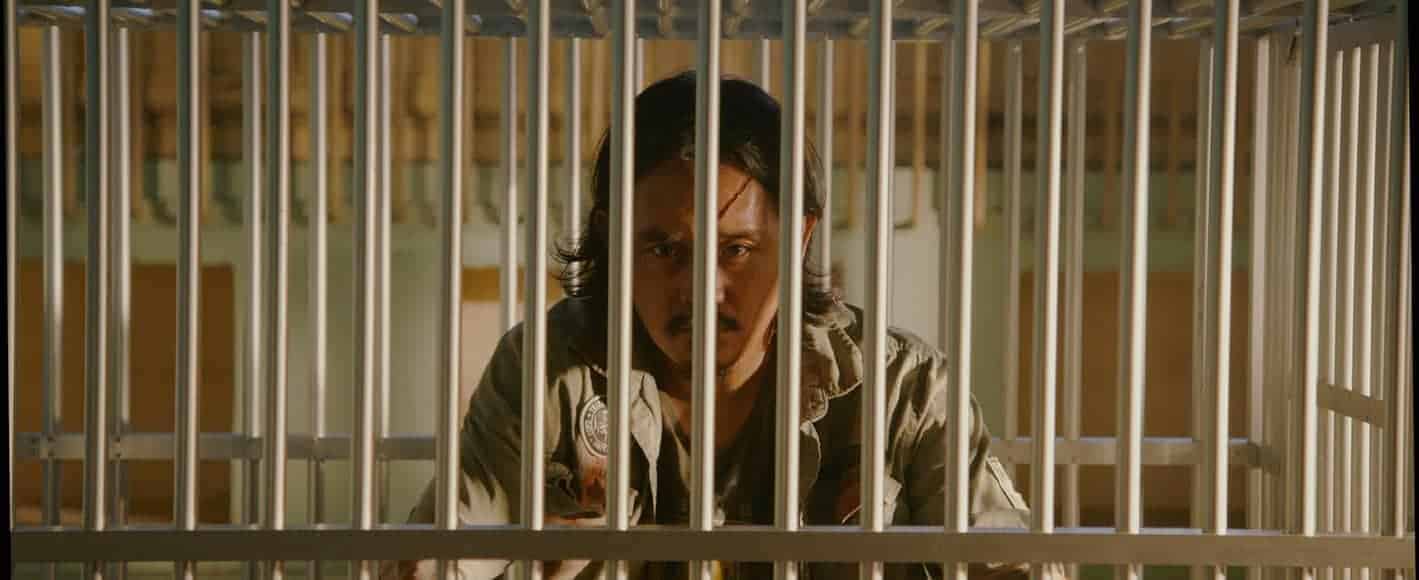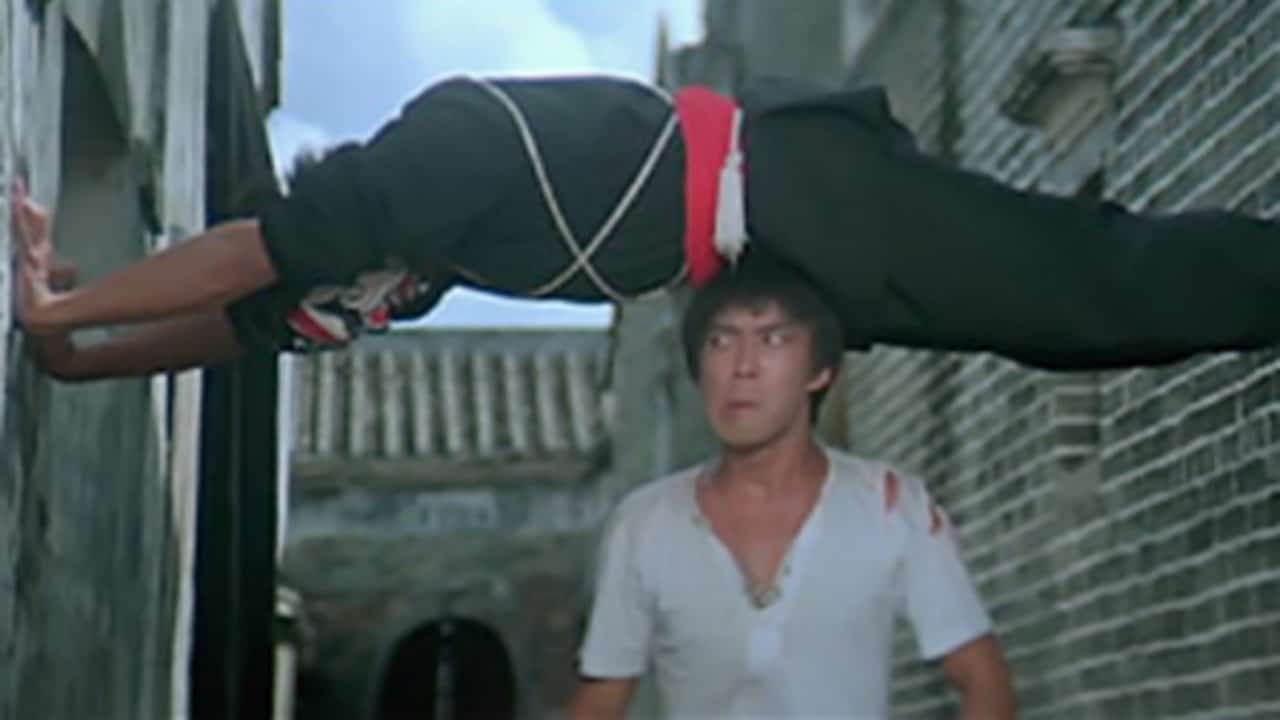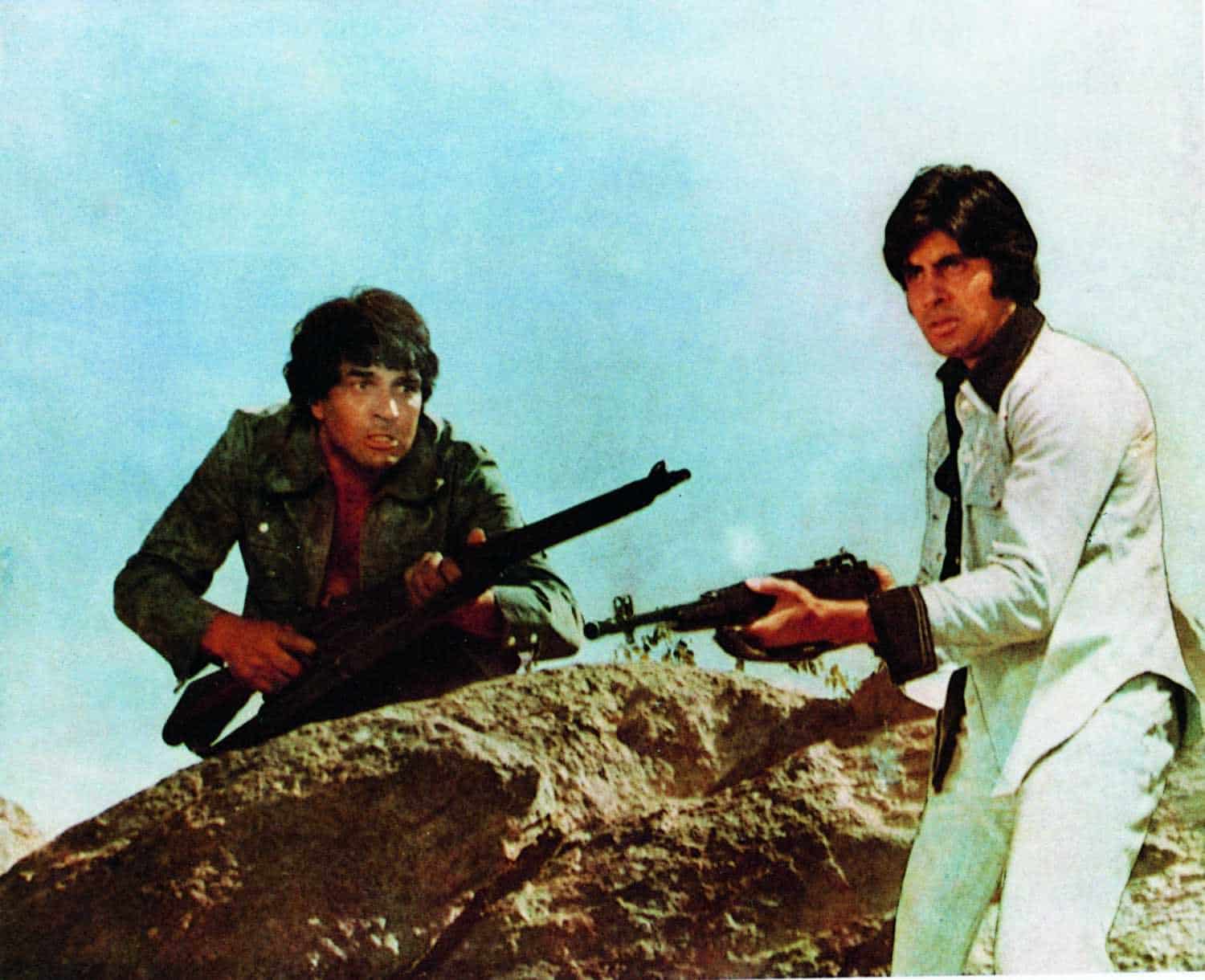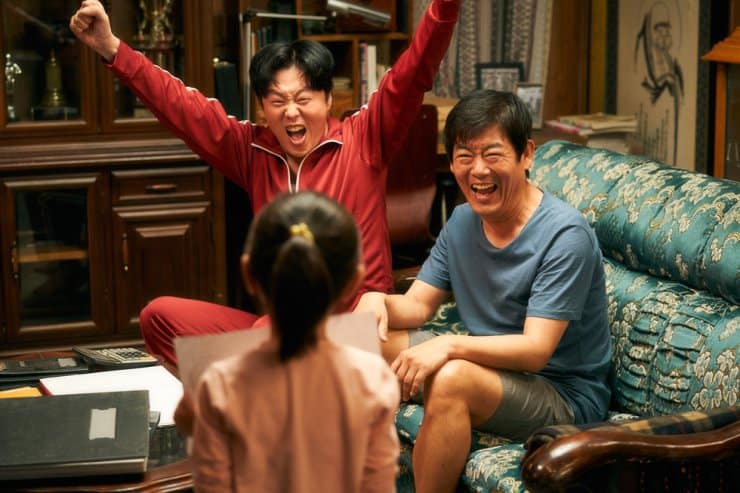The film starts with a universally common concept, of a housewife entering her apartment carrying groceries. Farhana receives a call from her husband, Ayon, from work, who asks her why she did not pick up the phone, before he “orders” her to make biriyani for lunch. He is obviously “in command”, but their relationship seems one of love and balance. However, during his later calls, it becomes evident that something is wrong in the building he works for, and soon his calls become desperate as fire seems to have spread.
In March 28 2019, F.R. Tower, a 22 storey building in Banani, Dhaka caught fire at 1 pm. Fire spread rapidly within minutes, many people jumped off to save themselves. 25 people died on that building and 73 were severely injured.
Sakib Tanim and Jennifer De Peris use this event as base, in order to present the consequences of the accident, during the actual time it happened, but not from the perspective of the victims, but of their families. The fact that Ayon is never depicted on film stresses this approach, with his voice from the phone acting as the medium for Farhana's reactions, who become more dramatic as the events unfold. In that regard, the helplessness she exhibits is quite eloquent, with Sahana Rahman Sumi highlighting the deteriorating mentality of her character with artfulness and realism. Her helplessness is also highlighted by the fact that the only thing she can do is call her mother on the phone, in an action almost as tragic as Ayon's last words.
In general, I could say that the short communicates the tragedy from the particular perspective adequately in the 10 minutes of its duration, although the limitations of such a short film become apparent eventually, since the impact could be more significant if we knew the characters' background. However, the fact that the concept has been previously explored quite thoroughly through the 9/11 events, actually makes it easier for the viewer to understand the feelings the protagonists must have.
The cinematography is quite good, in minimal/realistic terms, although the images of the burning building at the end and the red hue that eventually take over are quite artful.
“Gas Chamber” communicates its comments eloquently (again, considering the limitations of the medium) and I think it is a nice enough base for a feature film that would explore the past of the characters and the aftermath of the tragedy, along with the actual events.















